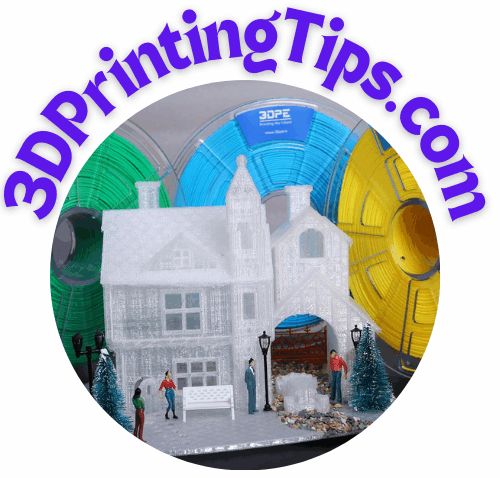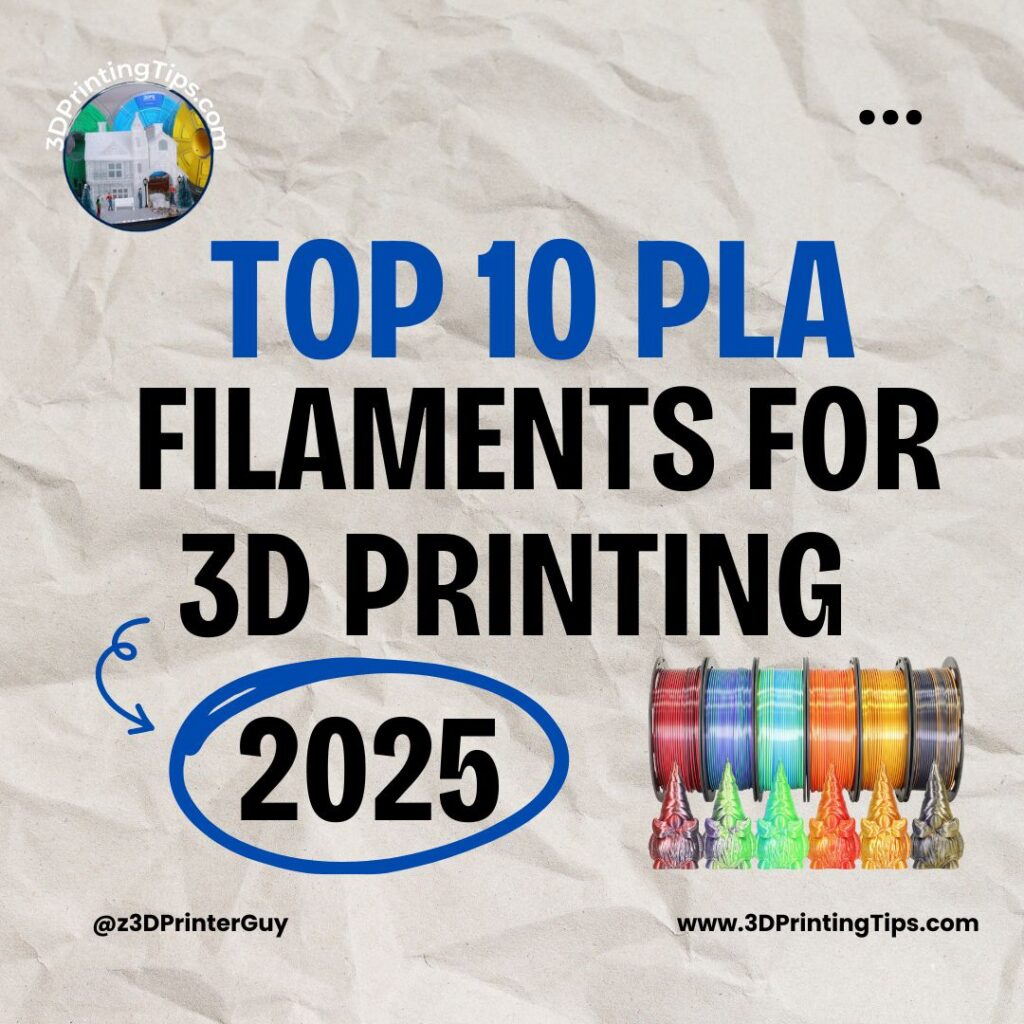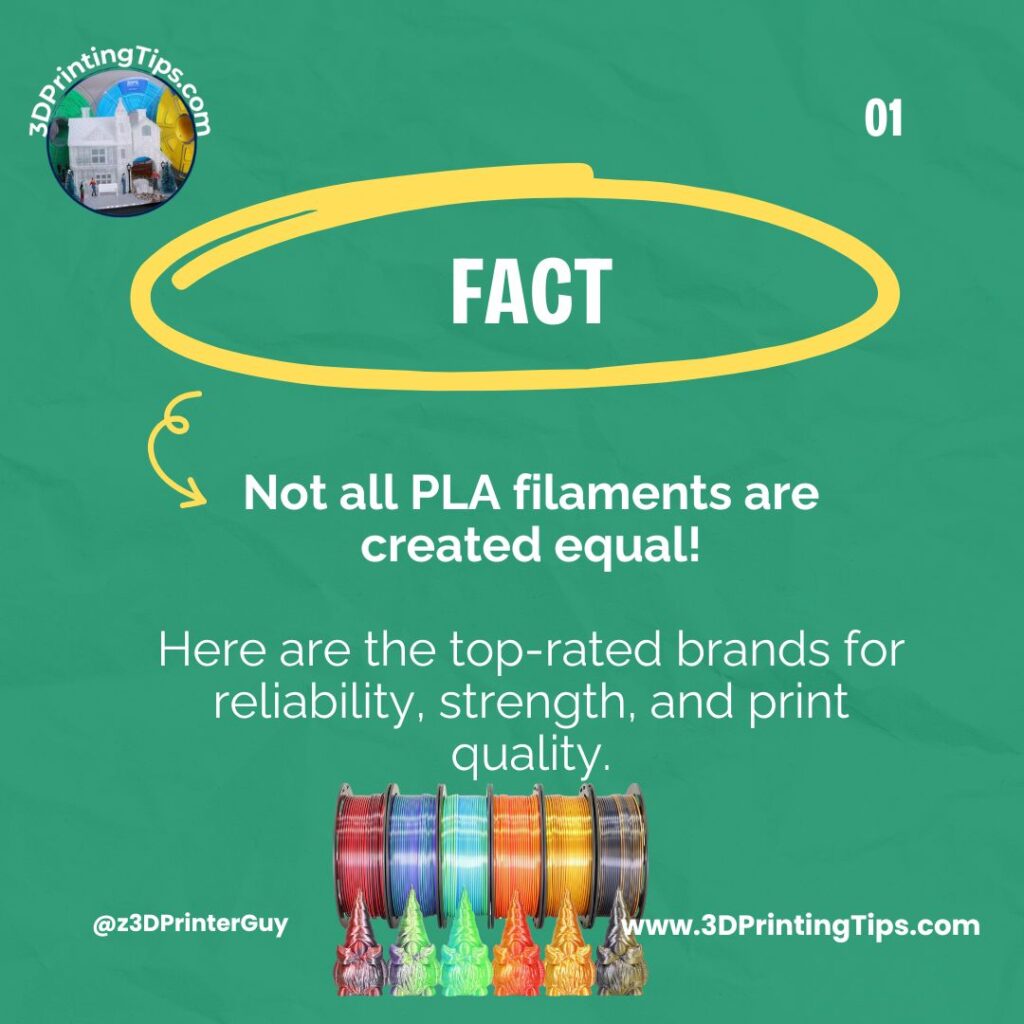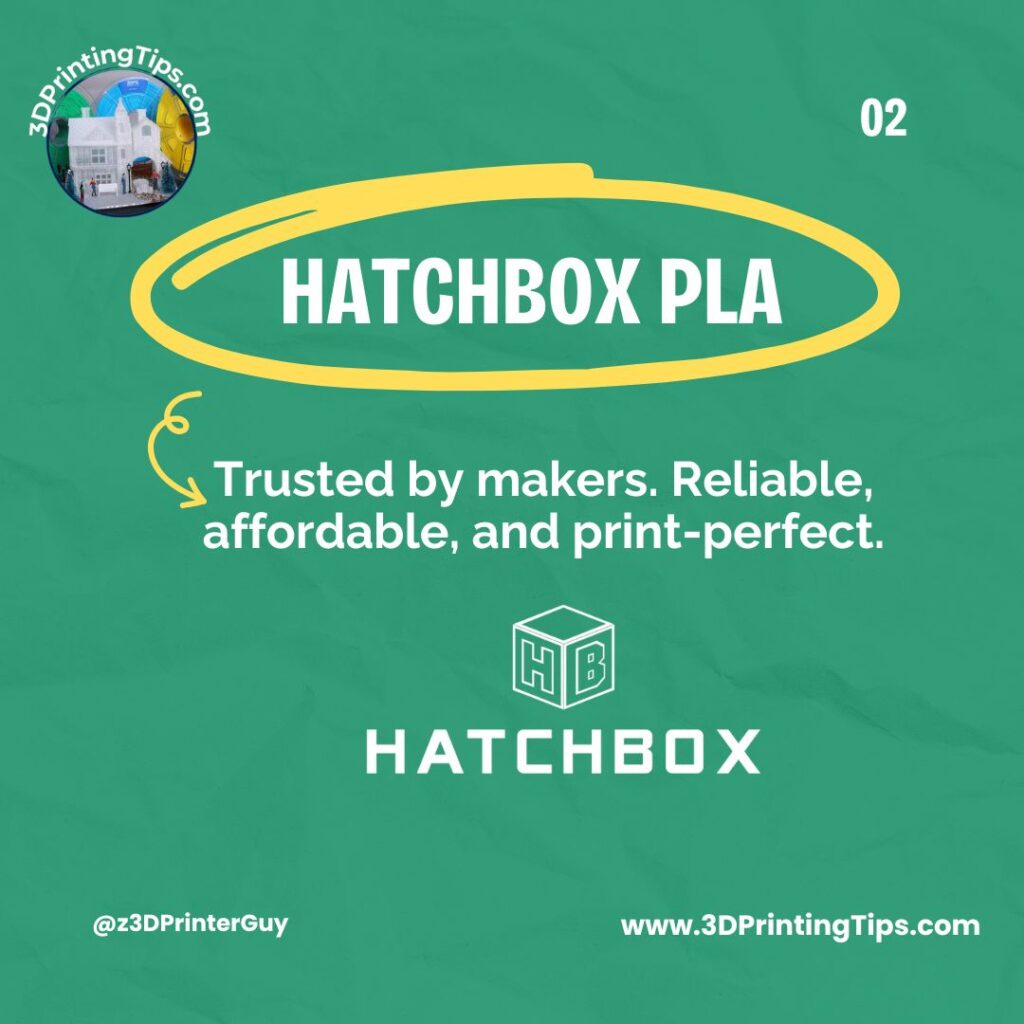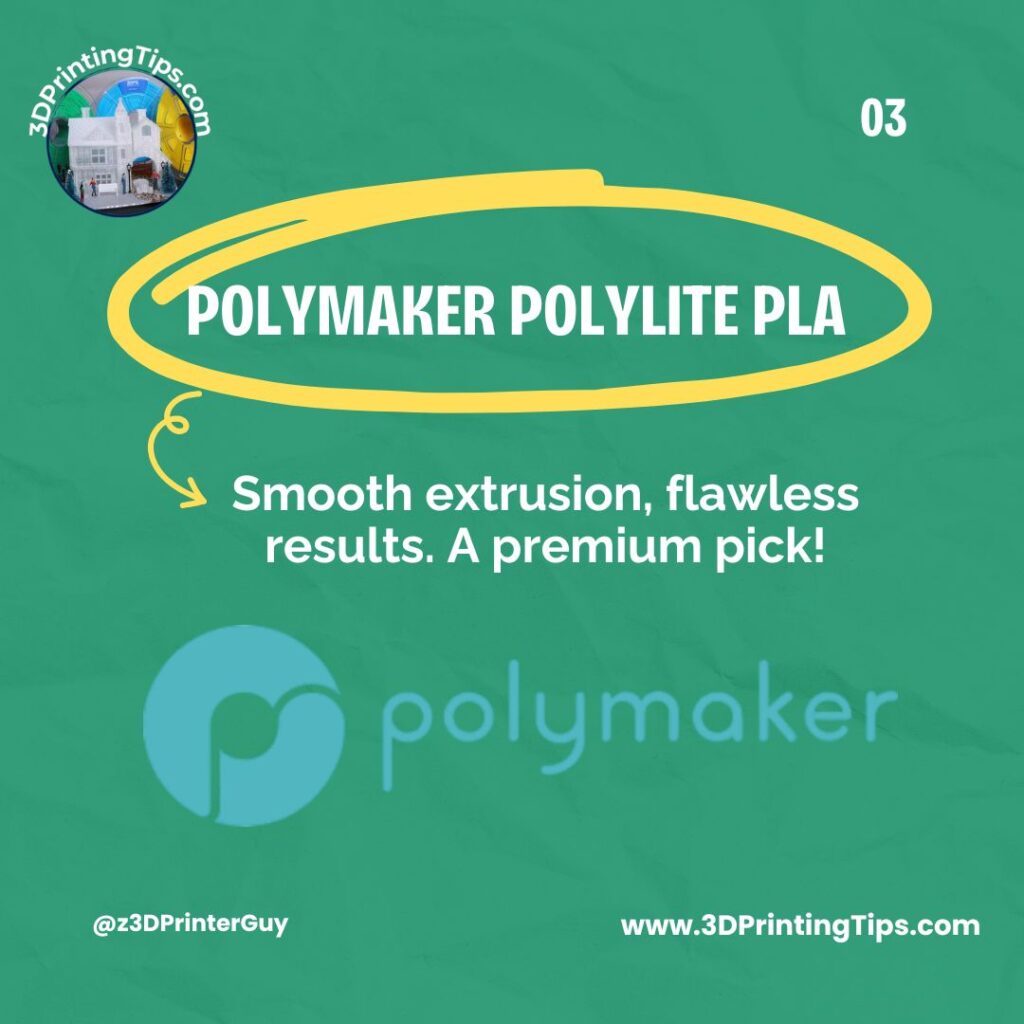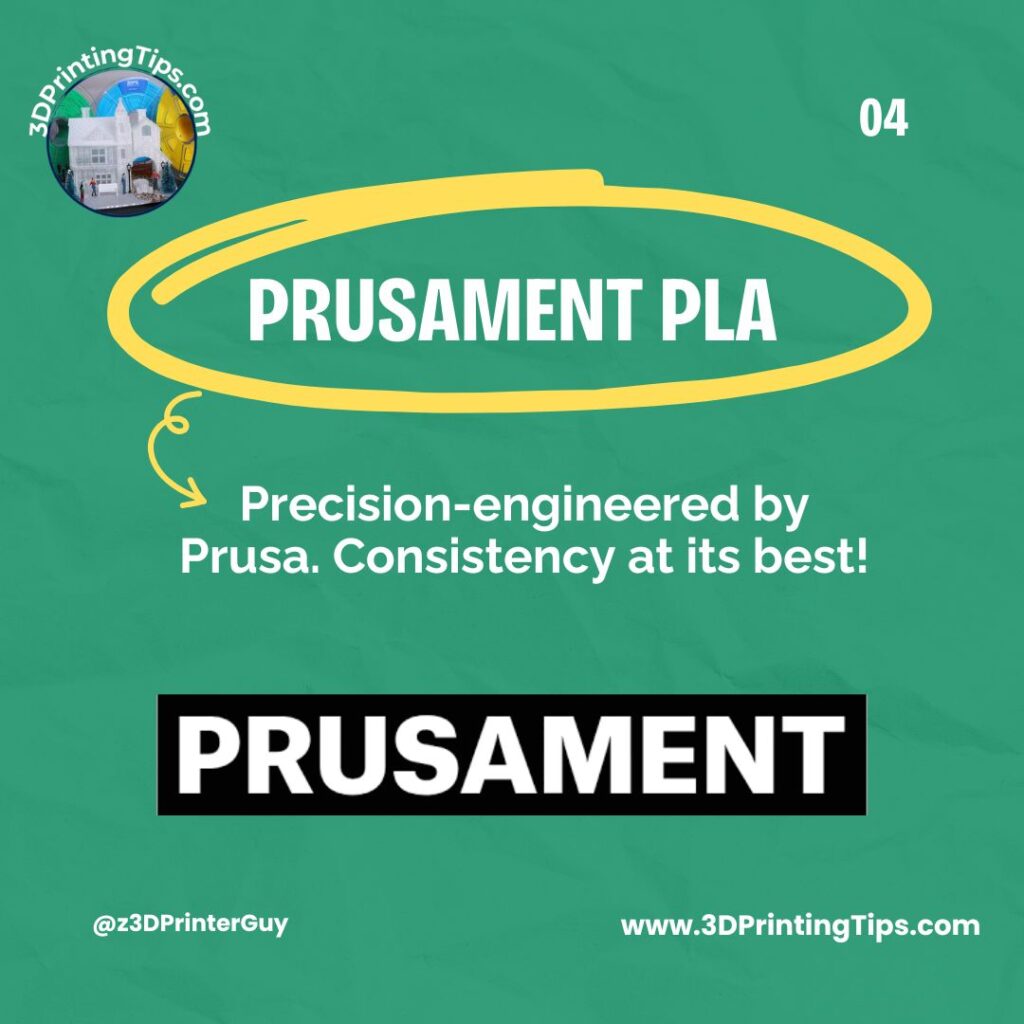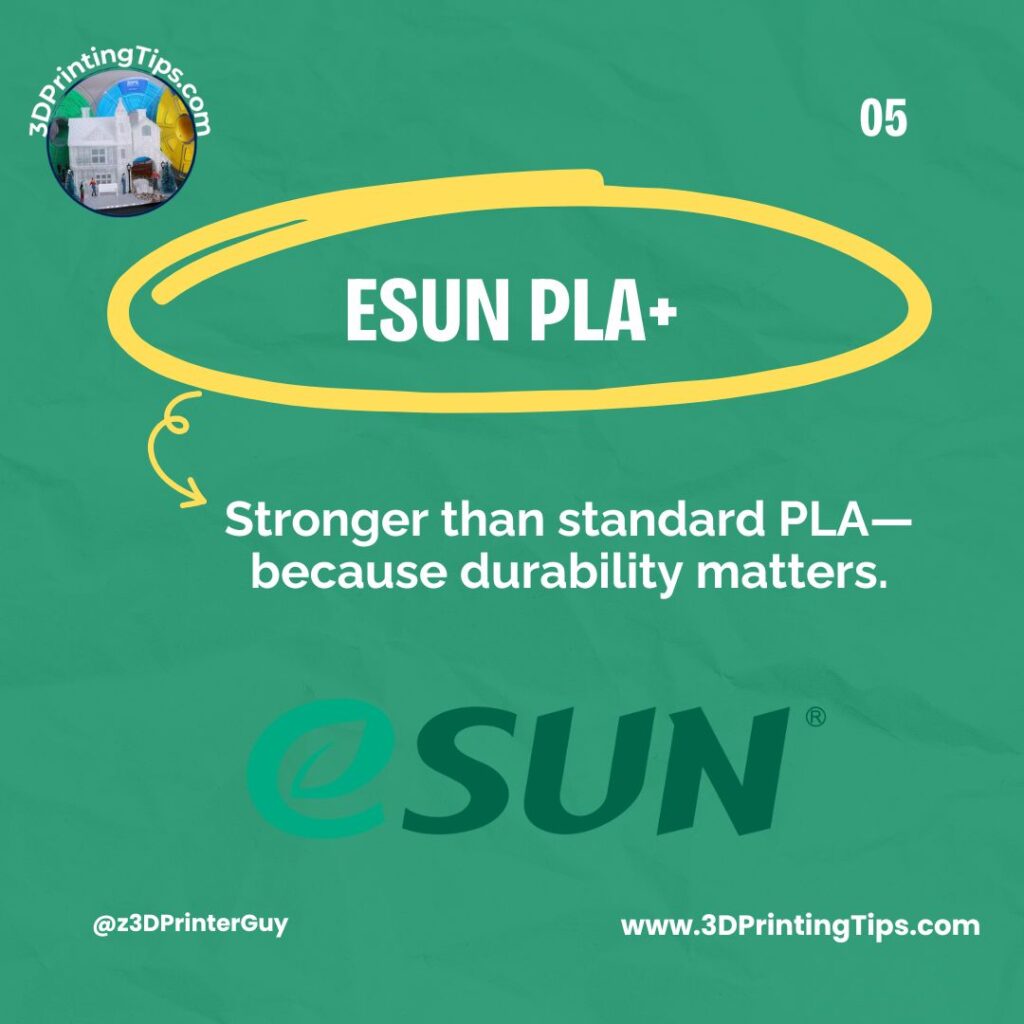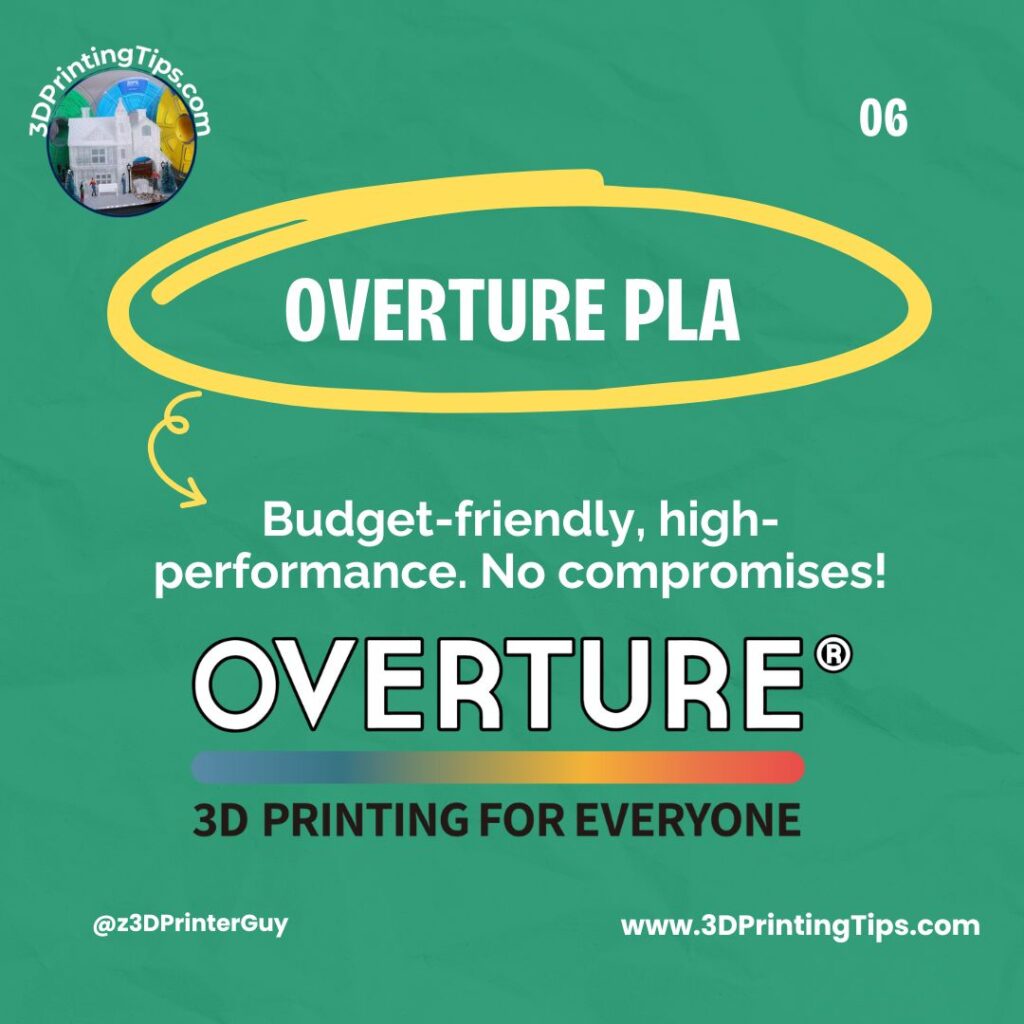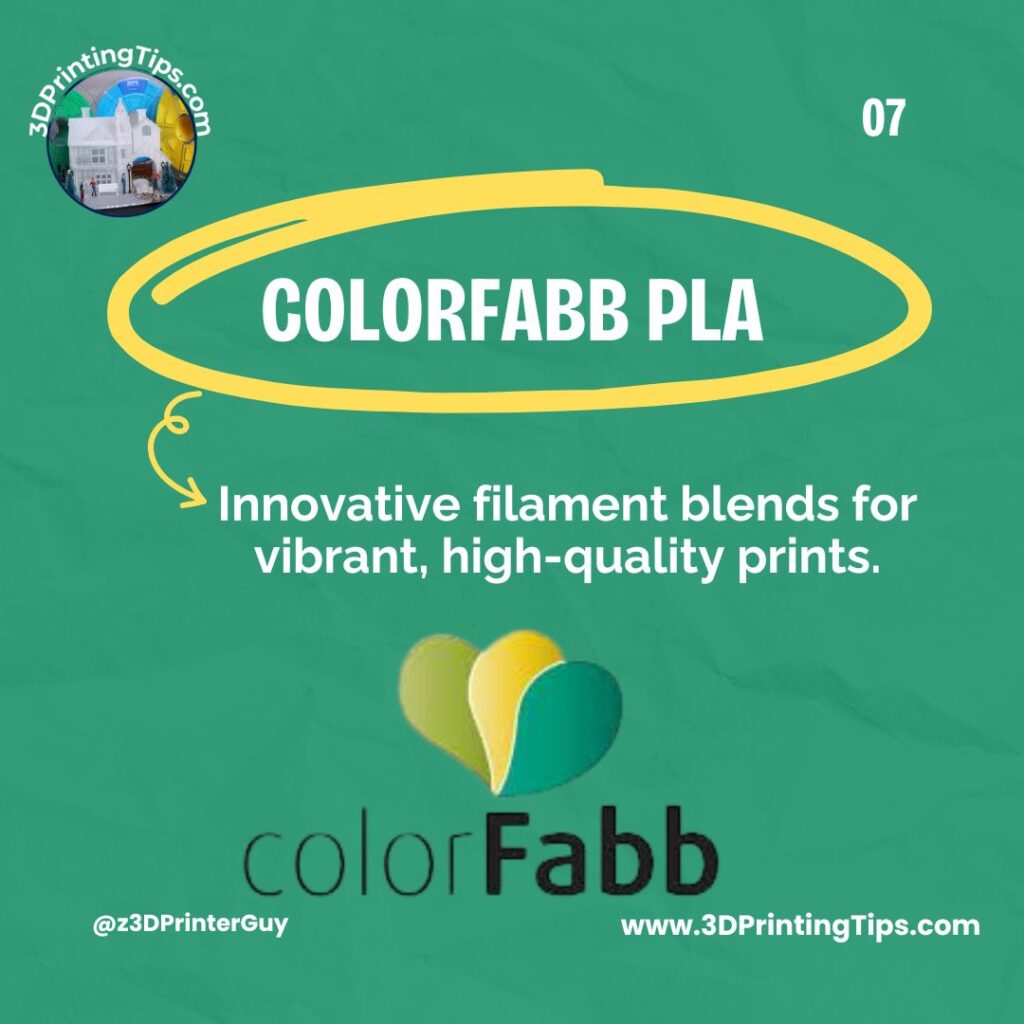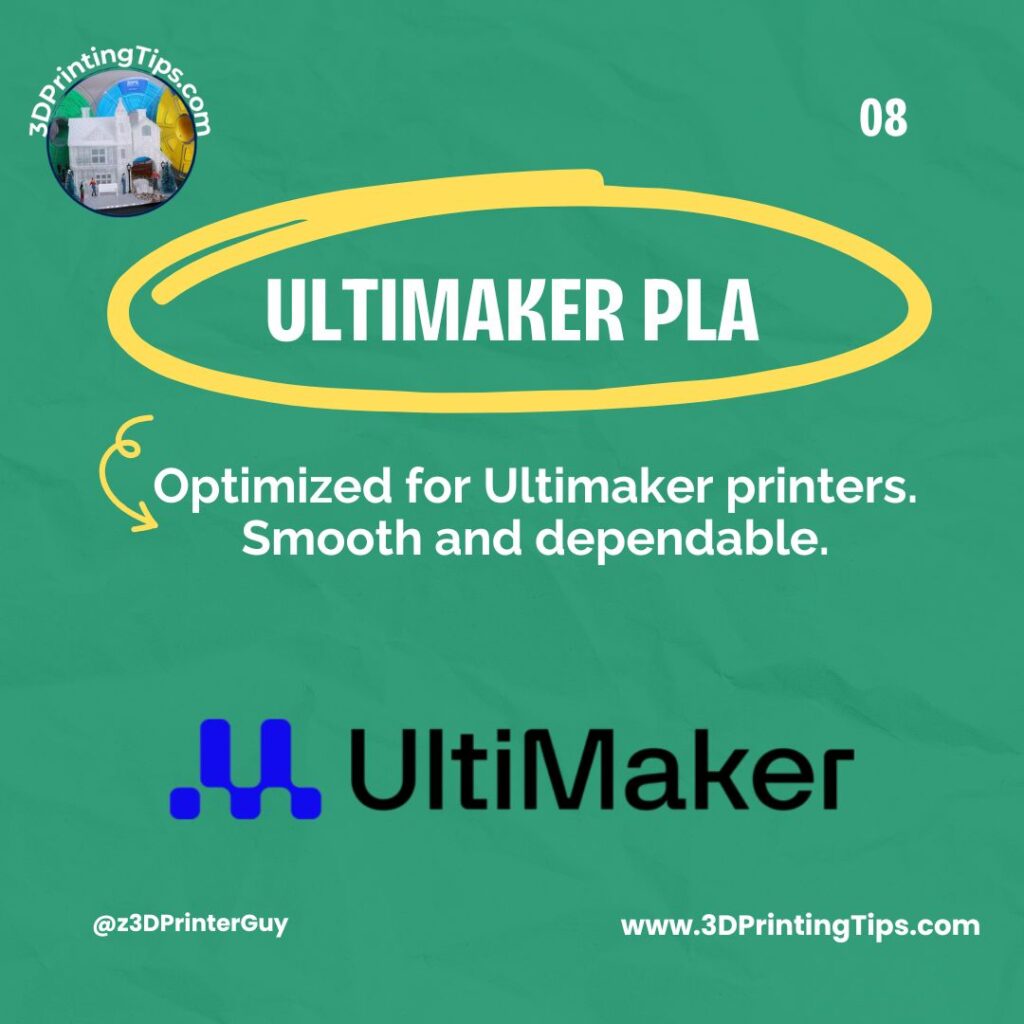
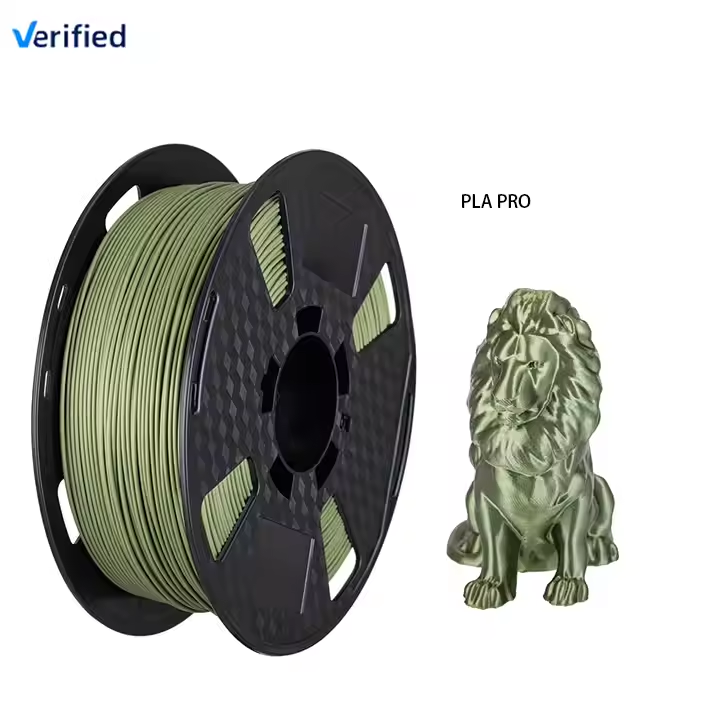
Introduction to PLA
Polylactic Acid PLA filament is the most commonly used filament in 3D printing. It’s derived from renewable resources like cornstarch and sugarcane, making it an eco-friendly option. Known for its ease of use and wide availability, PLA is the go-to filament for beginners and hobbyists alike. From prototypes to decorative items, PLA shines in applications where aesthetics and simplicity matter most.
Key Properties of PLA Filament
- Ease of Printing: PLA filament prints at relatively low temperatures and does not require a heated bed, making it ideal for entry-level printers.
- Surface Finish: Produces smooth, shiny prints with excellent detail resolution.
- Mechanical Strength: While moderately strong, PLA is more brittle compared to other filaments like ABS or Nylon.
- Biodegradability: Being plant-based, PLA is biodegradable under industrial composting conditions.
- Temperature Resistance: PLA softens at lower temperatures (around 60°C), limiting its use for heat-resistant applications.
Applications
- Decorative Items: Ideal for sculptures, toys, and figurines due to its vibrant colors and smooth finish.
- Prototyping: Often used for visual prototypes that prioritize appearance over durability.
- Educational Projects: Popular in schools and workshops for its ease of use and safety.
Printing Tips
- Recommended Settings:
- Nozzle Temperature: 190–220°C
- Bed Temperature: 20–60°C (optional, not always needed)
- Print Speed: 40–60 mm/s
- Cooling: Ensure good part cooling with fans for best print quality.
- Surface Adhesion: Use painter’s tape or a glue stick if the bed isn’t heated for improved adhesion.
- Troubleshooting: PLA is less prone to warping compared to other filaments, but ensure proper bed leveling to prevent print failures.
Handling and Storage
Like most filaments, PLA is hygroscopic, meaning it can absorb moisture from the air. Store PLA spools in a cool, dry place, ideally in an airtight container with desiccants to prevent print-quality issues caused by moisture.
Troubleshooting Tips for PLA Filaments
Even the best PLA filaments can run into printing challenges. Here’s how to fix common issues:
🟠 Poor Adhesion / First Layer Issues: ✅ Solution: Level your bed properly & use adhesion helpers like a glue stick or painter’s tape. ✅ Check: Increase first-layer temperature by 5-10°C for better adhesion.
🔵 Stringing / Oozing Between Parts ✅ Solution: Lower retraction speed & increase retraction distance (start with 4-6mm). ✅ Check: Reduce print temperature by 5-10°C to prevent excess filament flow.
🟢 Warping / Edge Lifting ✅ Solution: Print with a heated bed (set to 50-60°C) & use brims or rafts for stability. ✅ Check: Ensure consistent cooling—avoid drafts or placing the printer near vents.
🔴 Clogged Nozzle / Under-Extrusion ✅ Solution: Clean the nozzle regularly & check for dust buildup in filament. ✅ Check: Use higher-quality filament with consistent diameter to prevent clogs.
⚫ Brittle Prints / Weak Layer Bonding ✅ Solution: Adjust wall thickness & infill density for stronger prints. ✅ Check: Increase temperature slightly (5°C at a time) to improve layer adhesion.
Comparison to Other Filaments
- Compared to ABS: Easier to print and eco-friendly, but less durable and heat-resistant.
- Compared to PETG: Simpler to use but lacks the strength and flexibility PETG offers.
- Compared to TPU or Nylon: PLA is rigid and unsuitable for flexible or high-strength applications.
Best PLA Filament Brands
- Hatchbox PLA – Known for consistent quality and ease of printing.
- Polymaker PolyLite PLA – High-quality PLA with smooth extrusion.
- Prusament PLA – Premium filament from Prusa Research, highly rated.
- eSun PLA+ – Stronger than standard PLA, good for functional prints.
- Overture PLA – Budget-friendly, reliable filament.
- MatterHackers Build Series PLA – Great for everyday printing.
- MatterHackers PRO Series PLA – Premium-grade PLA with better mechanical properties.
- Protopasta PLA – Specialty PLA with unique blends like carbon fiber and metallic.
- ColorFabb PLA – High-end PLA with various specialty blends.
- Ultimaker PLA – Optimized for Ultimaker printers, excellent consistency.
These brands are widely recommended for their printability, durability, and overall performance.
PLA Brands Some Users Recommend Avoiding
- Amazon Basics PLA – Reports of inconsistent diameter and poor adhesion.
- TIANSE PLA – Known for being brittle straight out of the box.
- XYZprinting PLA – Some users report poor winding and inconsistent extrusion.
- No-name budget filaments – Often suffer from moisture absorption and inconsistent quality.
Filament quality can vary by batch, manufacturer, and even storage conditions, so checking recent reviews and community feedback is always a good idea before purchasing.
Conclusion
PLA’s combination of ease of use, affordability, and eco-friendly nature makes it the perfect filament for beginners and those focused on non-functional, aesthetic projects. While its mechanical and thermal limitations might exclude it from certain applications, PLA remains a cornerstone of 3D printing.
Ready to take your PLA filament prints to the next level? Dive in and explore what this versatile filament can do!

